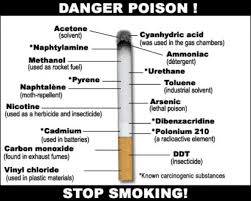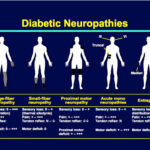Smoking has been the passion of many though the prevalence has come down from a lofty 40% in 1965 to 20.9% in 2006. 90 % of the smokers were below 20 years of age. 18.1% of the adult females and 23.9% of the adult males smoked in a survey conducted across some continents in 2008. It sure must be higher now.
Peer pressure, stress at work, status symbol, a recreation, a pastime, copying their role models all are causes of initiating smoking.
All are aware that smoking is associated with reduced life span, higher risk of different types of cancers, digestive problems, staining of the teeth, leg problems and also problems during pregnancy.
Those who remain in the company of smokers are equally at risk for developing complications– called environmental tobacco smoke. Children whose parent/s smoke had a higher chance of being an asthmatic , having recurrent respiratory infections or even ear infections.
Diabetes and smoking
Among those with diabetes who smoked , the risks were greater than those who did not smoke and had diabetes.
Metabolic control was poor among the diabetic patients who smoked. The following were noted among the diabetic patients who smoked:
• Increased fluctuations in sugar levels and HbA1c, the 3 month average of sugar
• Increased blood pressure and retinal blood flow
• Increased bad cholesterol- LDL and triglyceride
• Associated increase in adrenaline, growth hormone or cortisol which could increase glucose levels.
• There could be associated alcohol intake with an increased high fat diet consumption.
• Less likelihood of exercising.
• There may be a progression of complications such as retinopathy, neuropathy and nephropathy.
Cessation of smoking is an important step in the management of diabetes management. This is associated with less chances of developing a heart related disorder, stroke, cancer or leg vascular disease and improving life expectancy. Those who benefit most are those who quit at a younger age, those who have lesser tobacco pack years. Smoking cessation has health benefits for all ages even after the age of 65 years or even after smoking related complications develop. Mortality rates of those smokers who have abstained for more than 15 years closely approach that of those non smokers.
Withdrawal symptoms -craving, depression, anger, frustration, irritability and sleep disorders.
The treatment of withdrawal includes psychological treatment, positive reinforcement and medicines which help to replace nicotine such as nicotine patches kept on the skin ,nicotine containing chewing gums, lozenges, nasal sprays or even inhalers.
Menthol cigarettes or low tar cigarettes do not reduce the risk for hazards to smoking.
Electronic cigarettes have not yet been approved for withdrawal, though many claim to find them beneficial.
Benefits of cessation of smoking
Half of the excess cardiovascular risk is eliminated in first year of quitting. There is 30- 50% excess risk for lung cancer even after quitting for almost 10 years.
The highest risk for the development of type 2 diabetes occurred in the first 3 years after quitting but this risk gradually declined to 0 at 12 years.
In lighter vein…….
- 46% admitted to not eating sweets when smoking and 38% admitted smoking calmed them down…..
- But, those who stopped smoking were found to gain 3.8 to 4 kg per year in men and among women a 2.8-3 kg increase per year. But, this increase can be prevented by good lifestyle management.
- I even had patients tell me they felt smoking was able to control their diabetes better due to the absence of weight gain as well as by not eating sweets. But, the hazards of smoking outweigh these small “benefits”.















